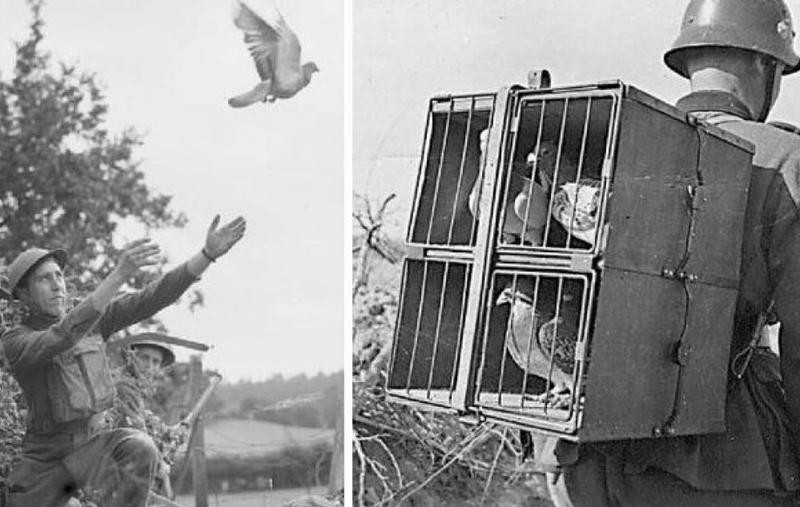People have heard of warplanes and even war horses, but war pigeons? True, during World War I, both the Allies and the Axis used carrier pigeons to an astonishing extent. During the first global contact, more than 100,000 messages were sent through the pigeons, and it is shocking that 95% of the key dispatches met the desired target.

It may seem crazy, but in the early 20th century communications technology had not yet developed to the point where the military could reliably rely on new inventions such as the telegraph or telephone. Therefore, the French recommend the use of carrier pigeons. Although the U.S. military was cautious, they were willing to give carrier pigeons a chance to pass on the news. This is the history of the carrier pigeon during world war I.
The history of winged rodents being hired dates back to biblical times. By the time of World War I, the U.S. military had largely abandoned the concept. The Americans had used them in previous engagements, but there were problems with the hawks. However, the French insisted that "the pigeons ... They work properly and, despite bombardment, dust, smoke or fog, they can provide accurate details about the situation of the troops. ”
Although the United States was not optimistic about carrier pigeons, its strength gave them a try. The U.S. military hired two pigeon breeding experts, David Bouchard and John Carney, to bring more than 800 carrier pigeon flying couriers to Europe. Soon, they proved their importance and were introduced to almost every service department.
According to the National Archives, "Halfway through the mission, the birds would fly back to their cages and inform the ground commander of what the pilots had observed." Tanks carry these birds to convey the advance of individual troops, and even after the introduction of radio, pigeons are often the easiest way to help coordinate tank troops without exposing soldiers to dangerous fires. ”
These birds are particularly useful on the front line and are used to provide critical information to rear commanders. The pigeons became so important that ground troops would even carry a backpack that could hold four pigeons, an information tube, and a gas shield.
A trained pigeon can carry about 10 miles of information and return to its moving loft with incredible precision. As the army penetrated deeper into Europe, so did the pigeons in the mobile information center. Incredibly, thousands of carrier pigeons return with beacons, even though they don't even know where their troops are stationed, even though the troops have moved after a bird was sent to deliver information, experts believe that these birds use low-frequency sound waves to map the environment, allowing them to find their own routes between different locations.
Without a doubt, the most incredible battle pigeon story comes from a bird called "President Wilson." On October 5, 1918, tank units were heavily attacked at the Battle of San Michir. The army desperately needed artillery support and sent "President Wilson" hoping it would come back and relay their grave situation.
During the 25-mile journey, "President Wilson" was spotted and fired by the Germans. Wilson was beaten several times and lost a leg, but it managed to complete the journey in a staggering 25 minutes. Thanks to the carrier pigeon, his troops survived.
Even more surprising is that the "Wilson Residents" withstood the test and survived another 11 years. After its death, the legendary bird was handed over to the Smithsonian Institution by animal markings and then transferred to the U.S. Army in 2008. Displayed in museums, it reminds people that even the smallest creatures can be heroes.